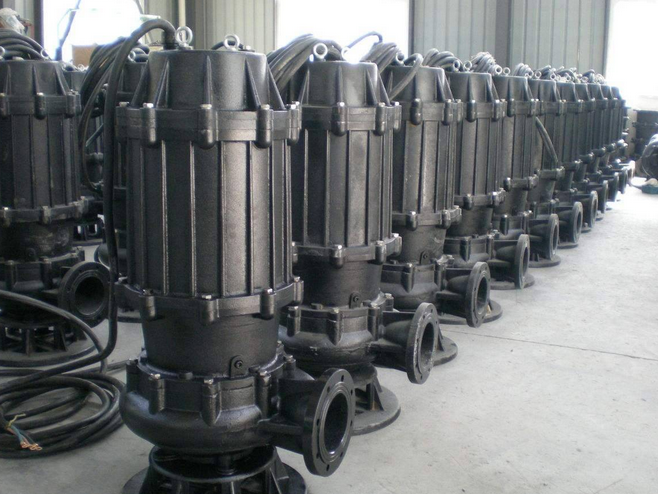Causes of sewage pump pipe blockage
Pipe blockage of sewage pumps is a common problem, and its causes can be attributed to multiple aspects, mainly including the following aspects:
1. Accumulation of particles
Sewage contains a large amount of solid particles, such as sand, gravel, fiber, etc. These particles are easy to accumulate in the inner wall of the pipe, elbows, valves and other locations during the flow process, and gradually form blockages. Especially when the flow rate of sewage is slow or there are unreasonable aspects in the pipeline design, the accumulation of particles is more obvious.
2. Grease coagulation
Grease is one of the common components in sewage. It is easy to solidify into blocks in the pipe, especially when the temperature drops, the coagulation speed will accelerate. These grease blocks will adhere to the inner wall of the pipe, hindering the normal flow of water, thus causing pipe blockage.
3. Improper pipeline design
Irrational pipeline design is also an important cause of blockage. For example, the bends and mutations of the pipe are prone to accumulate particles, resulting in a decrease in local flow rate, which in turn causes blockage. In addition, design problems such as small pipe diameter and insufficient slope will also affect the normal flow of sewage and increase the risk of blockage.
4. Construction quality issues
During the construction process, if the quality of pipeline installation does not meet the standards, such as the pipeline interface is not tightly sealed and the pipeline foundation is not solid, it may cause sewage leakage or external substances to enter the pipeline, causing blockage. In addition, debris left during the construction process may also become the source of blockage.
5. Improper use and maintenance
The long-term use of sewage pumps and their pipeline systems will lead to wear and aging. If they are not maintained and maintained in time, they are prone to blockage and other problems. For example, impeller wear will reduce the efficiency of the pump, which will in turn affect the sewage delivery capacity; corrosion and scaling of the inner wall of the pipeline will also increase the risk of blockage. At the same time, if the flow and concentration of sewage are not controlled during use, it is easy to cause pipeline blockage.
6. External factors
External factors such as weather changes and geological conditions may also have an impact on the pipeline system of sewage pumps. For example, heavy rain may cause a surge in sewage flow, exceeding the carrying capacity of the pipeline and causing blockage; places with complex geological conditions may have problems such as foundation settlement, causing pipeline deformation or rupture and causing blockage.





